Cajun vs. Creole: A Spicy Comparison for Every Palate
Table of Contents
Introduction to Cajun and Creole
When it comes to spicy, bold flavors, few culinary traditions can match the heat of Cajun and Creole cuisine. While these two styles are often confused, they have distinct origins, ingredients, and flavor profiles. Understanding the cajun creole difference is essential for any spice lover or home cook looking to explore the rich world of Southern cooking.
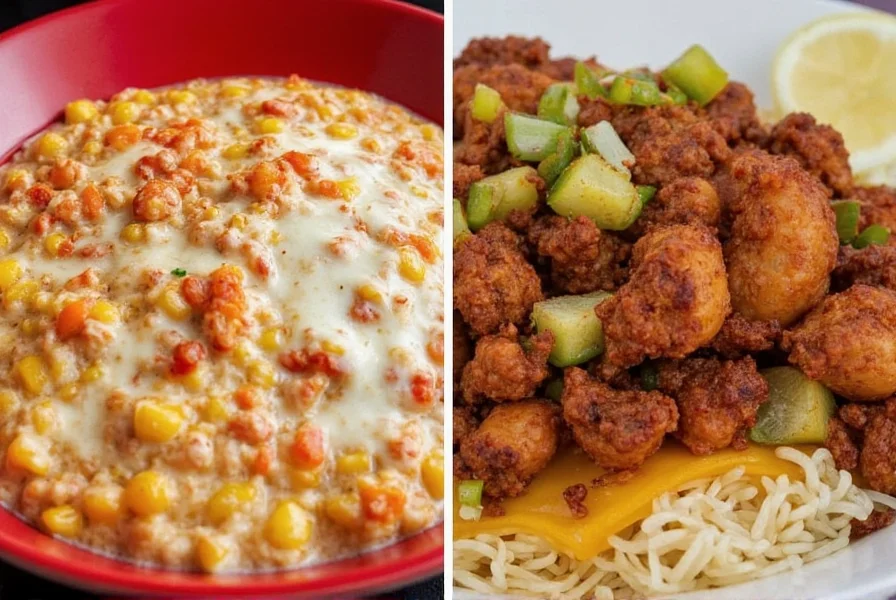
Cultural Background and Origins
Cajun and Creole cuisines both originate from Louisiana, but their roots are quite different. The Cajun tradition traces back to the Acadian settlers from Canada who were exiled in the 18th century. They brought with them simple, hearty recipes that relied on local ingredients and strong spices.
Creole cuisine, on the other hand, is a more diverse blend influenced by French, Spanish, African, and Caribbean cultures. It's often associated with New Orleans and has a more refined, layered approach to cooking.
Spice Profile Differences
The cajun creole difference is most evident in their use of spices. Cajun seasoning tends to be more straightforward, featuring a mix of paprika, cayenne, garlic powder, onion powder, and black pepper. This gives it a bold, smoky, and slightly spicy kick.
Creole seasoning, while also spicy, includes additional ingredients like thyme, oregano, and sometimes even a touch of cumin or cinnamon. This creates a more complex and aromatic profile that balances heat with earthiness and depth.
| Spice | Cajun | Creole |
|---|---|---|
| Paprika | High | Medium |
| Cayenne | High | Low to Medium |
| Garlic Powder | High | Medium |
| Oregano | Low | High |
| Thyme | Low | High |
Cooking Techniques and Signature Dishes
While the spice profiles differ, the cooking techniques also reflect the cultural backgrounds of each style. Cajun cooking is typically more rustic, with dishes like jambalaya, gumbo, and crawfish boils cooked over open flames or in cast-iron pots.
Creole cuisine, by contrast, often involves more delicate techniques such as sautéing, braising, and layering flavors. Signature dishes include étouffée, shrimp and grits, and red beans and rice, which showcase a more refined and balanced approach.
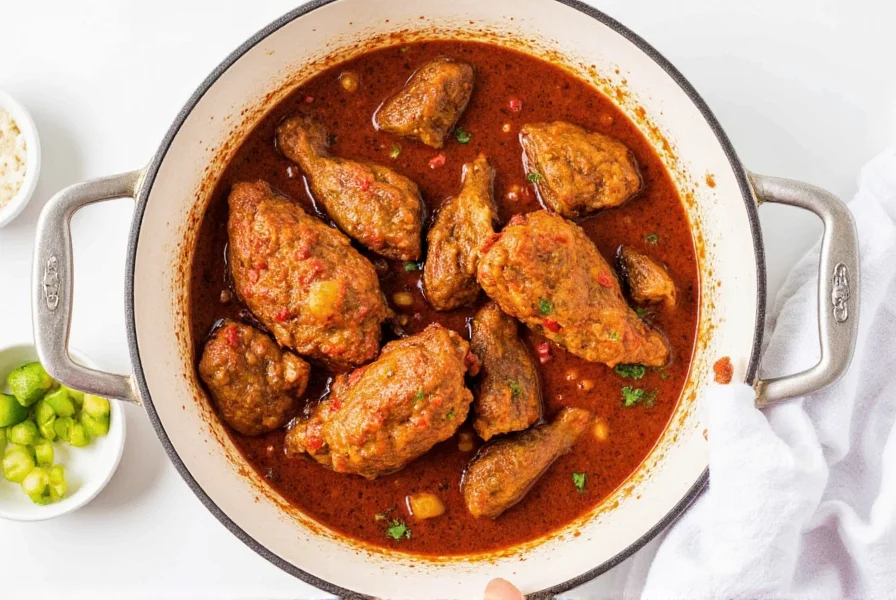
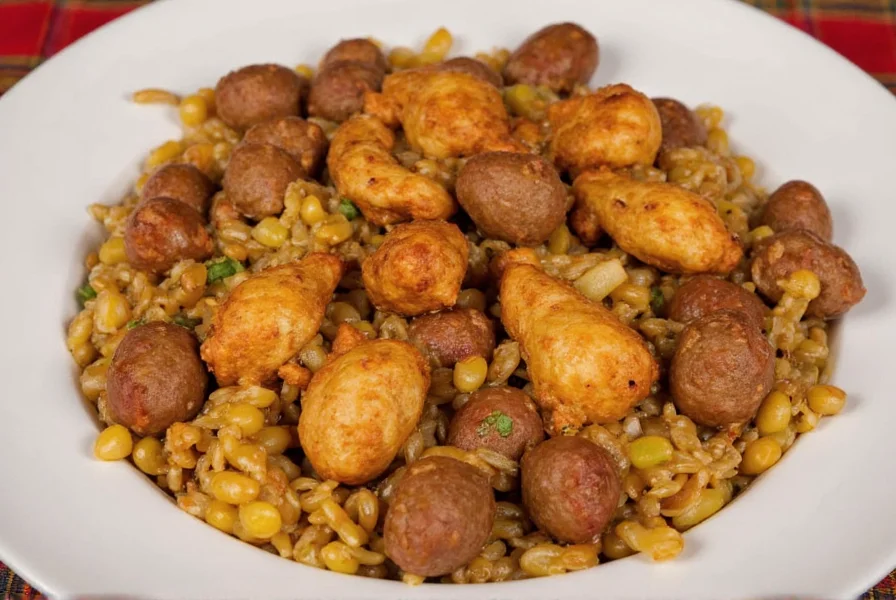
Buying Guide: Finding the Right Spices
If you're looking to bring the cajun creole difference into your kitchen, choosing the right spices is key. Here’s a guide to help you pick the best products:
- Cajun Seasoning: Look for blends with a high amount of paprika and cayenne. Brands like Tony Chachere’s and Zatarain’s are popular choices.
- Creole Seasoning: Choose mixes with thyme, oregano, and garlic. McCormick’s Creole Seasoning is a go-to for its balanced flavor.
For those who prefer making their own blends, here are some tips:
- Cajun Blend: Mix 2 tbsp paprika, 1 tbsp cayenne, 1 tbsp garlic powder, 1 tbsp onion powder, and 1 tsp black pepper.
- Creole Blend: Combine 2 tbsp paprika, 1 tbsp garlic powder, 1 tbsp onion powder, 1 tbsp dried oregano, and 1 tsp thyme.
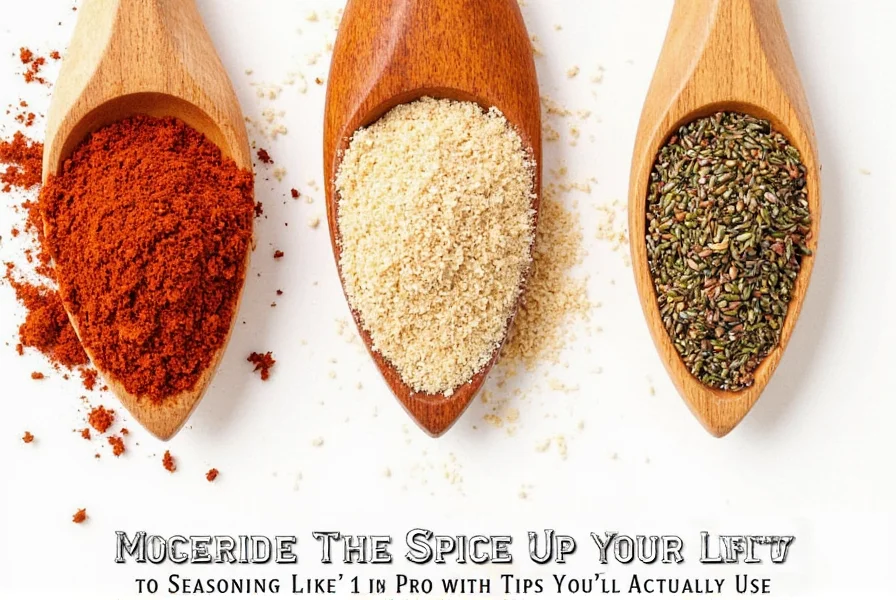
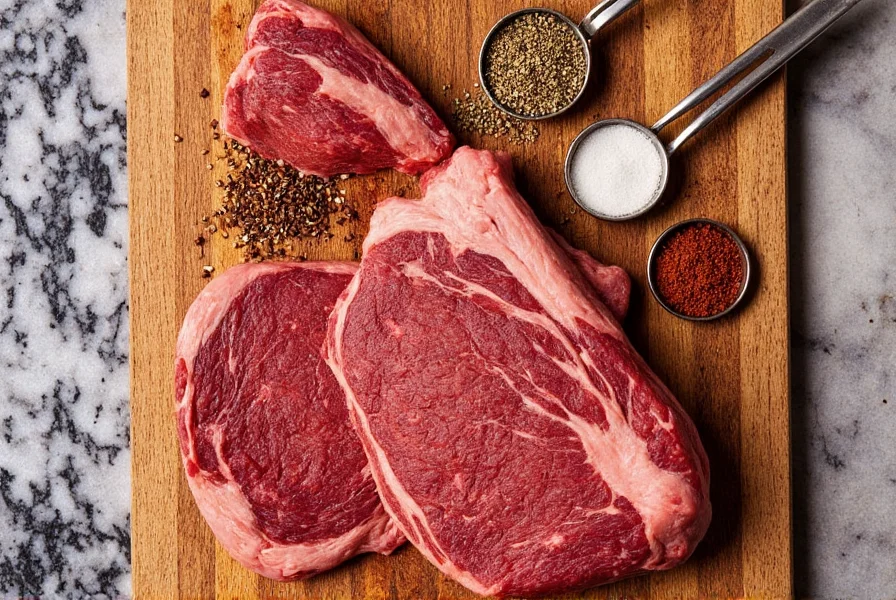
Conclusion
The cajun creole difference isn’t just about the spices—it’s about culture, history, and the way people come together through food. Whether you're drawn to the boldness of Cajun or the complexity of Creole, both styles offer a unique and flavorful journey into the heart of Southern cuisine.
So next time you reach for a spice jar, remember: it's not just about heat—it's about heritage, taste, and the stories behind every dish.










 浙公网安备
33010002000092号
浙公网安备
33010002000092号 浙B2-20120091-4
浙B2-20120091-4